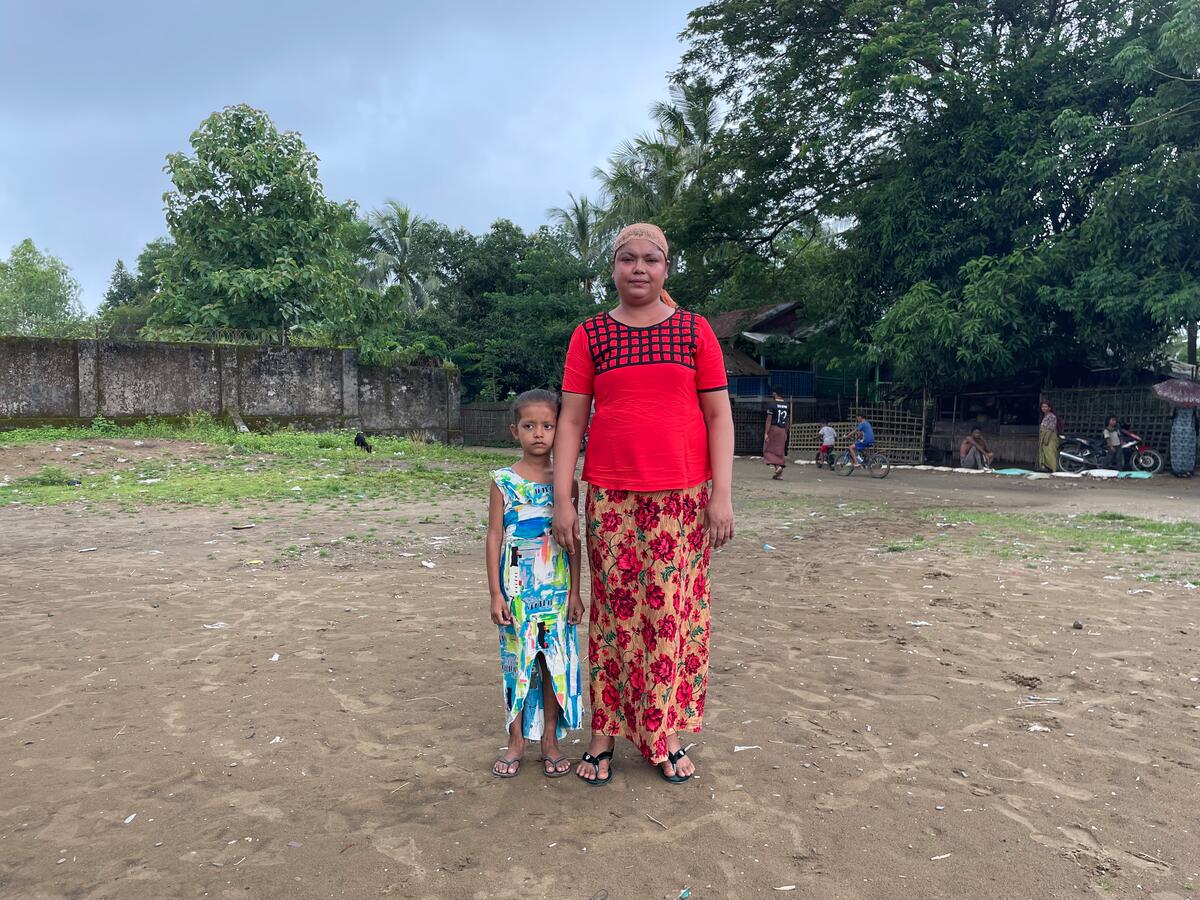Stateless in the United States
Stateless in the United States
Worldwide, there are an estimated 10 million men, women and children who are not citizens of any country. Without official statistics it is difficult to know exactly how many reside in the United States. Whether living in their adopted communities or detained, they live without the rights or full access to services that those with citizenship enjoy.

"If you will ask about my dream, of course my dream [is] to see my family together."
Tatianna, a stateless woman in the U.S. who has been separated from her son for nearly two decades
How does statelessness happen?
Many once had a nationality but lost it when the countries they were citizens of ceased to exist. Some have been arbitrarily striped of their nationality. Others have been without a nationality since birth, due to nationality laws that discriminate based on gender or ethnicity.
The United States can help end the hardships of stateless people in the U.S. by:
- Adopting federal laws that allow qualified stateless individuals to follow a path to lawful permanent residency and citizenship.
- Establishing a procedure to determine whether an individual is stateless, automatically issuing a work permit and identity document once statelessness is established.
- Ensuring that stateless individuals are not unnecessarily detained or subject to restrictive reporting requirements.
- Issuing travel documents allowing stateless people to travel outside the country and return without hindrance.
- Improving the collection and assessment of statistical data concerning stateless individuals.
- Continuing to be a global leader on identifying, preventing and reducing statelessness through its actions both internationally and domestically.
- Signing the statelessness treaties, namely, the 1954 Convention relating to the Status of Stateless Persons and the 1961 Convention on the Reduction of Statelessness, and adopts implementing legislation and regulations
UNHCR's Stateless Person Representation Manual
In August 2017, UNHCR released a manual entitled "Representing Stateless Persons Before U.S. Immigration Authorities: A Legal Practice Resource from the United Nations High Commissioner for Refugees." The purpose of this manual is to empower immigration lawyers in the United States to recognize when a U.S.-based client is stateless and to zealously represent such clients before immigration authorities.











